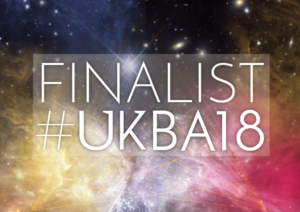“Stolpersteine,” or stumbling stones, are present under your feet everywhere you go in Berlin. These golden small palm-sized stones bear the names of those murdered by the Nazis. It reminds me as I walk around Berlin of the dark past of World War II, marking one of the most touching tragedies of our history. Over 60 million people lost their lives around the world including 6 million Jews in Europe. Clearly, the history of Germany will always be associated to those tragedies. However, right now the German Jewish community, most affected by war and genocide, is flourishing again especially in Berlin which hosts many Jewish attractions.
City: Berlin, Germany
How big is the Jewish community in Berlin?
Before World War II, the Jewish community in Berlin counted of about third of all German Jews with 160,000 people. This number reduced tragically with the Holocaust, suicides and migrations. At present, the Berlin Jewish community of 40,000 people is regarded, according to Haaretz, as the fastest growing Jewish community in the world.
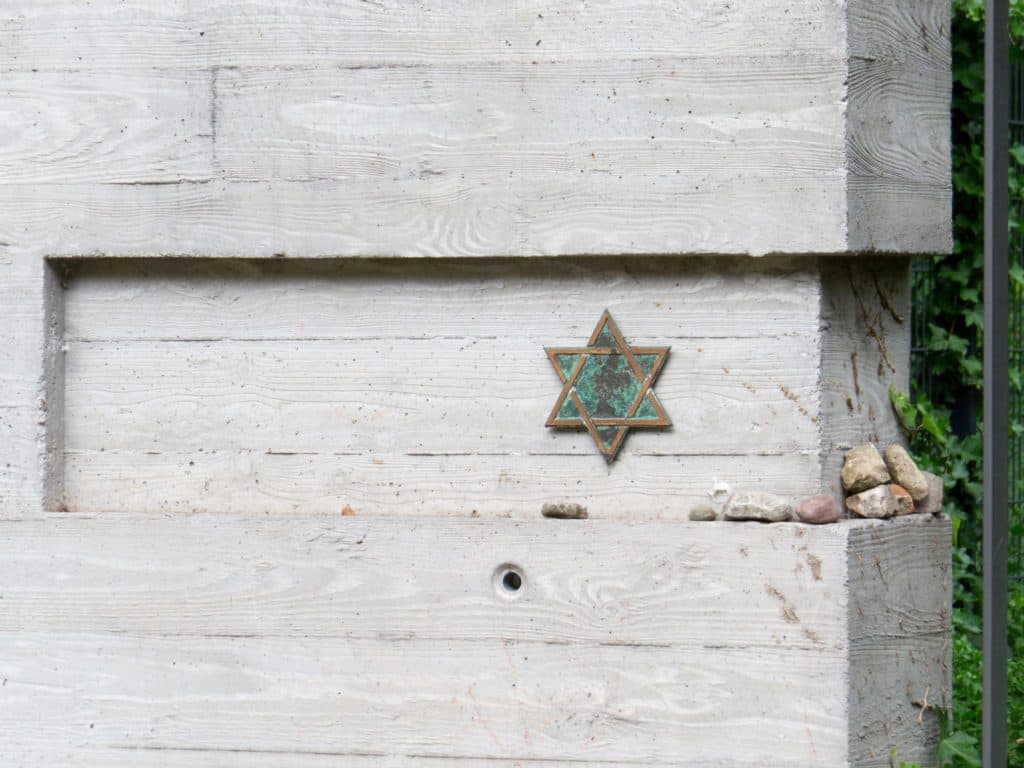
Star of David
On a discovery of the Jewish past in Berlin
On the first part of my discovery of Jewish attractions in Berlin, I started with a visit of the German Jewish Community Center. With my touristy look, I was stopped by the security who wouldn’t let me in. All I needed was some recommendations. Only after asking his superior, they let me in. At the reception, two friendly faces kindly greeted me. They spoke Russian between them. So I assumed they were Jewish migrants from the Soviet Union. There were also a couple of flags of the State of Israel around. The woman used her 1990s computer to look around for some suggestions, controlling her screen with a mouse laying on a dusty Window’s 2000 printed mouse pad logo.
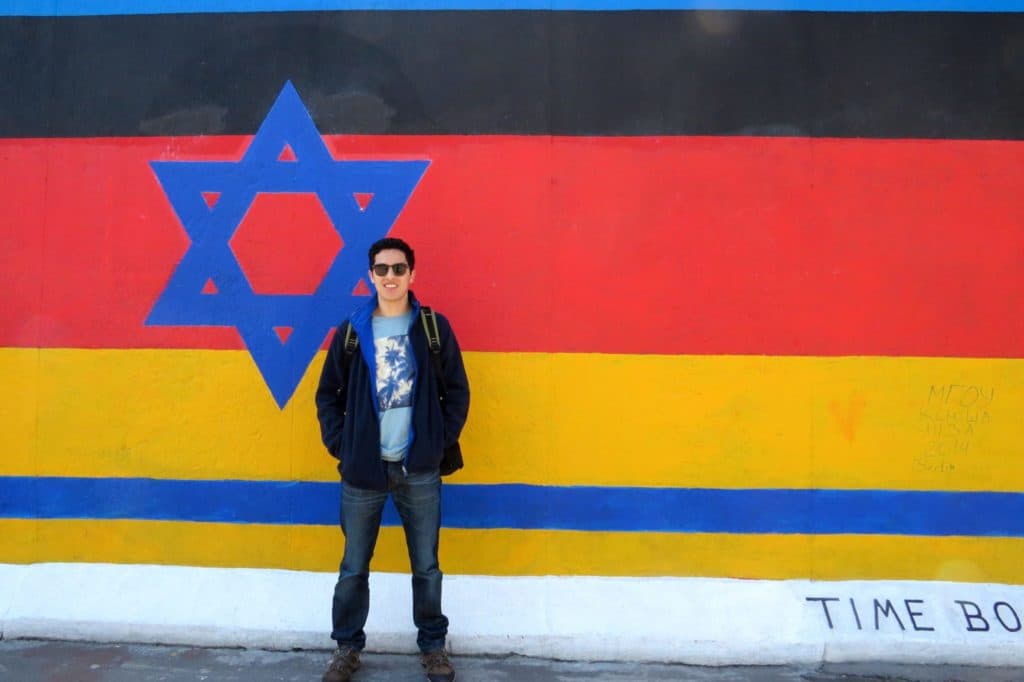
The Israeli flag on top of the German flag at the East Side Gallery
The man quickly asked: “Ata medaber Ivrit?” which means “Do you speak Hebrew?”. I know a couple of words in Hebrew but I felt like I was being tested and I was too shy. So I kindly replied in English. They asked me then, “What is your native language?”, I replied: “Arabic and French”. There was a moment of brief silence.
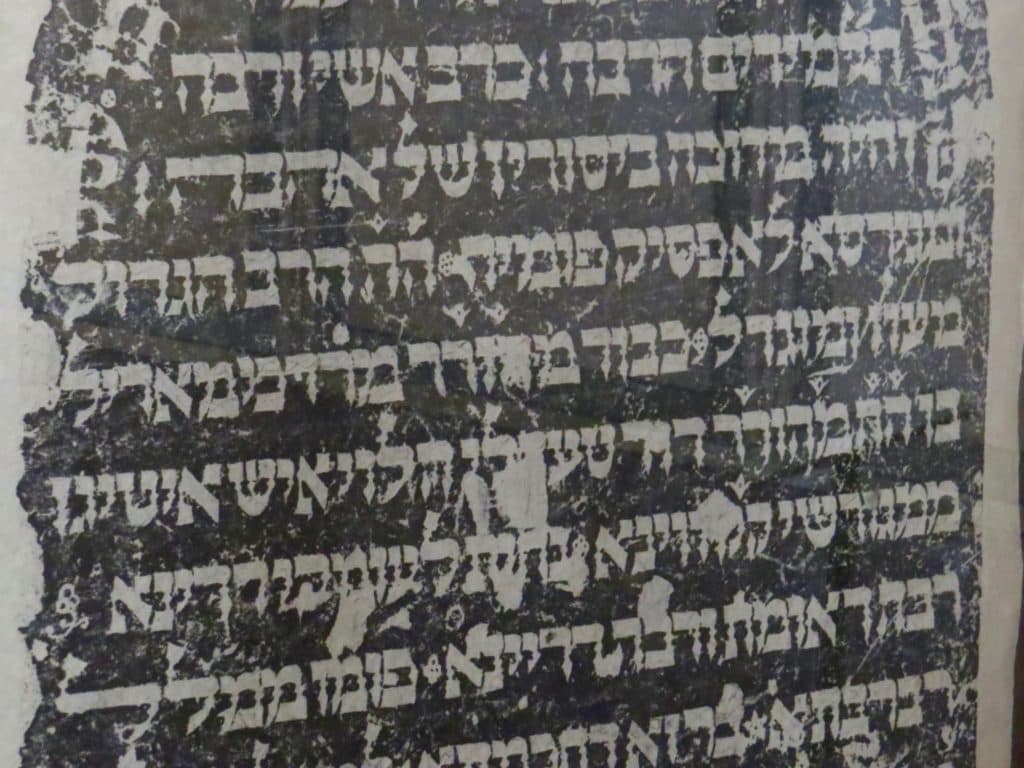
Hebrew prayers in New Synagogue
I don’t know why. However, it was obvious then that I was not Jewish. I also felt like they retained themselves of asking “What is your religion?”, it wouldn’t have been rude to ask but I understand they didn’t want to be upset me or make me feel unwelcome. So, they quickly started giving me suggestions of Jewish things to do in Berlin.
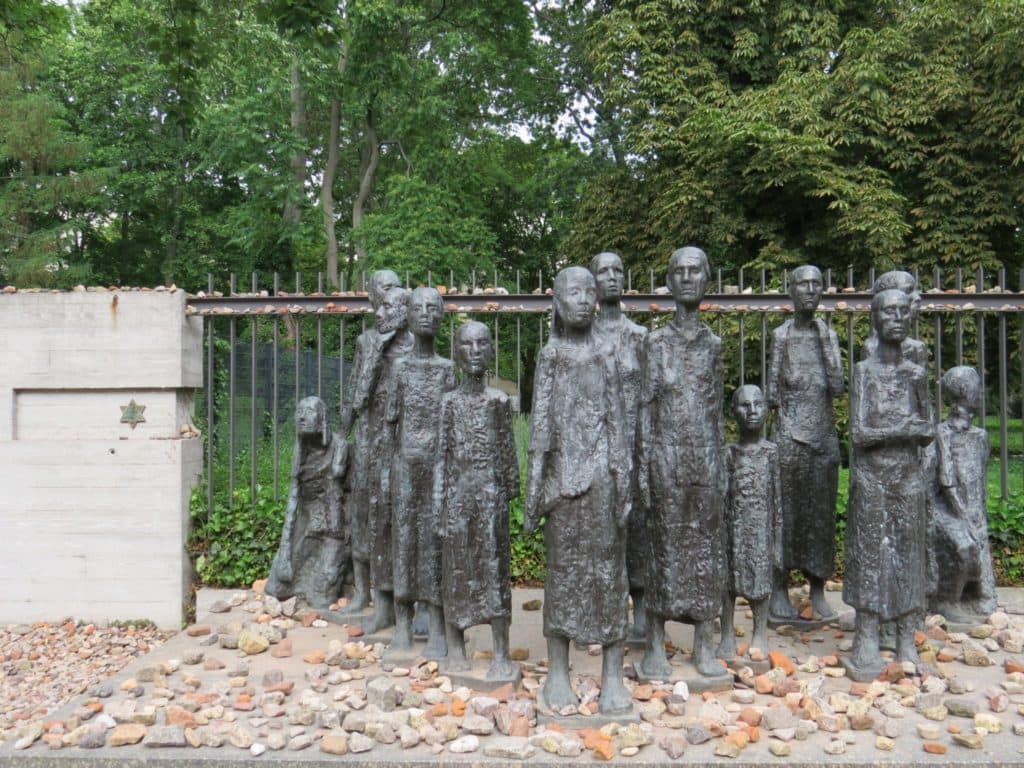
A small memorial of the WW2 victims
I have been told to visit the Jewish Museum, The New Synagogue, the Rykestraße Synagogue. Food-wise, they recommended Bleiberg’s and Feinberg’s. I was happy with all these recommendations. They were from locals, so it’s perfect. I failed to visit them all on a week-end. But I did my best, here’s what I’ve done!
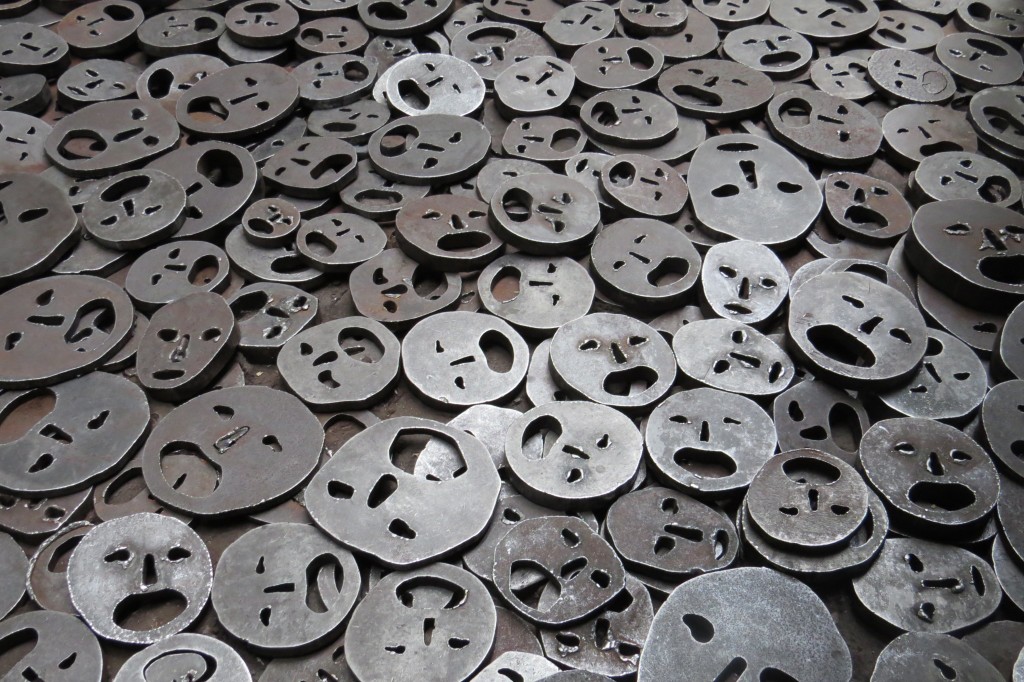
Part of an exhibition at the Jewish Museum of Berlin
Jewish Museum
This museum is quite special: by its architecture and its content. Clearly it’s about Jews in Europe. It mentioned the first traces of Zionism, the first casualties of anti-semitism in Europe until the tragedies of the genocide. It is a great way to learn about the dark side of history but also the normal life Jews have lived for over 1,000 years. However, I noted that it fails to show another part of the Jewish life from the Sephardic and Moroccan culture which is far less darker even though it is very influential culture. So it definitely deserves to be mentioned in this museum. In contrast, my visit of the unique Moroccan Jewish Museum in Casablanca showed a different environment.
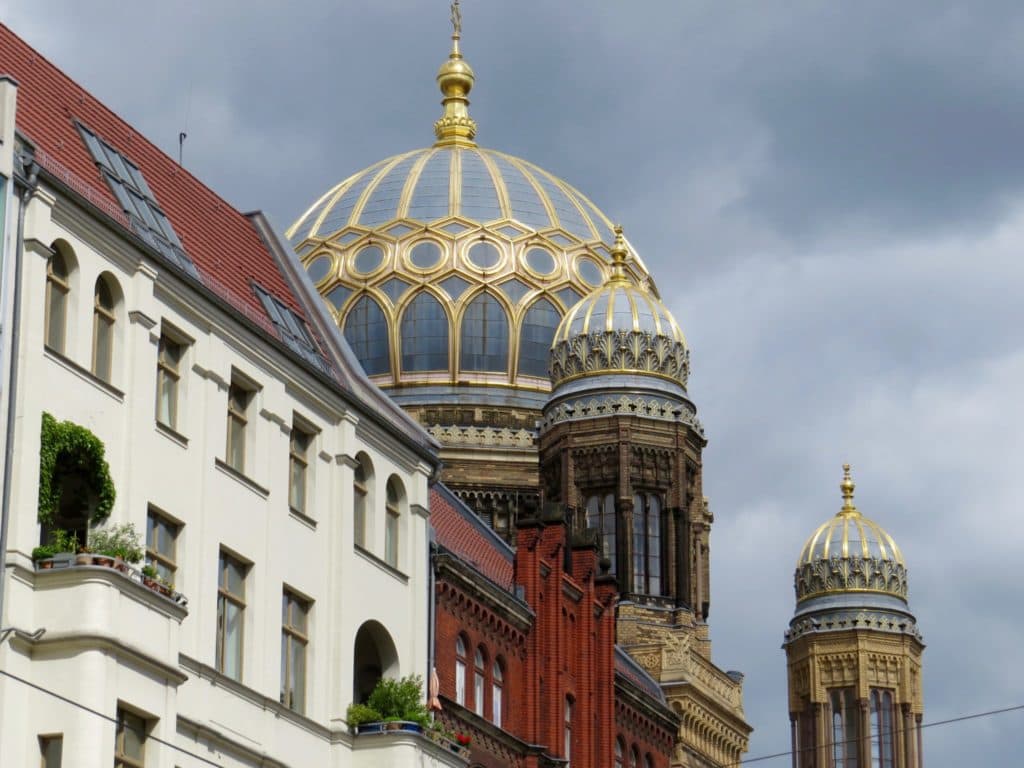
The dome of the New Synagogue
The New Synagogue
Without going in, this synagogue has a fascinating dome. It’s golden dome is quite remarkable and in my opinion it really combines East European architecture with the southern Moorish style. When I went to visit, I was naturally attracted to climb up to the huge dome. I took the steps up few floors until the last. But it was a disappointment. I must admit that the view was nice but the windows were not clean at all. So it restricted the view with all the dust mixed into some rain drops. Photography was forbidden anyway. And it was not what I expected. I quickly went back to explore other parts of the synagogue including the courtyard and the museum.
Read more: Berlin – History, Culture and Party!
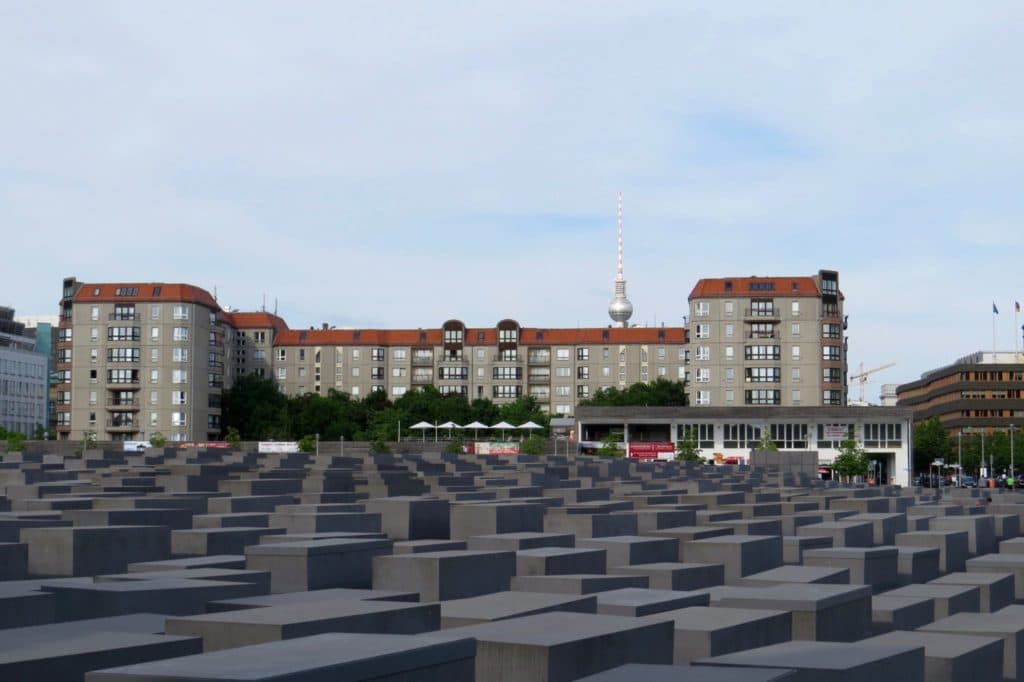
The Memorial of the Murdered Jews of Europe
Memorial of the Murdered Jews of Europe
This is a very famous Berlin attraction but many tourists don’t seem to understand the meaning behind it. Some people behave very impolitely by taking stupid selfies and poses. Between Brandenburg Gate and Potsdamer Platz, this memorial is made of 2,711 coffin-like slabs of concrete to remember 6 millions Jews who lost their lives. It might feel a million years in the past. But this Memorial is also a reminder that something bad has happened and we could be the next to endure such atrocities at anytime, especially given the current political climate. Anyway, definitely worth a visit. Very unique place in Berlin. I loved it!
By the way, I used a Berlin Welcome Card which is Berlin’s official tourist card – allowing me to use the public transport for free, entries and discounts to hundreds of attractions and a guide and map of Berlin.
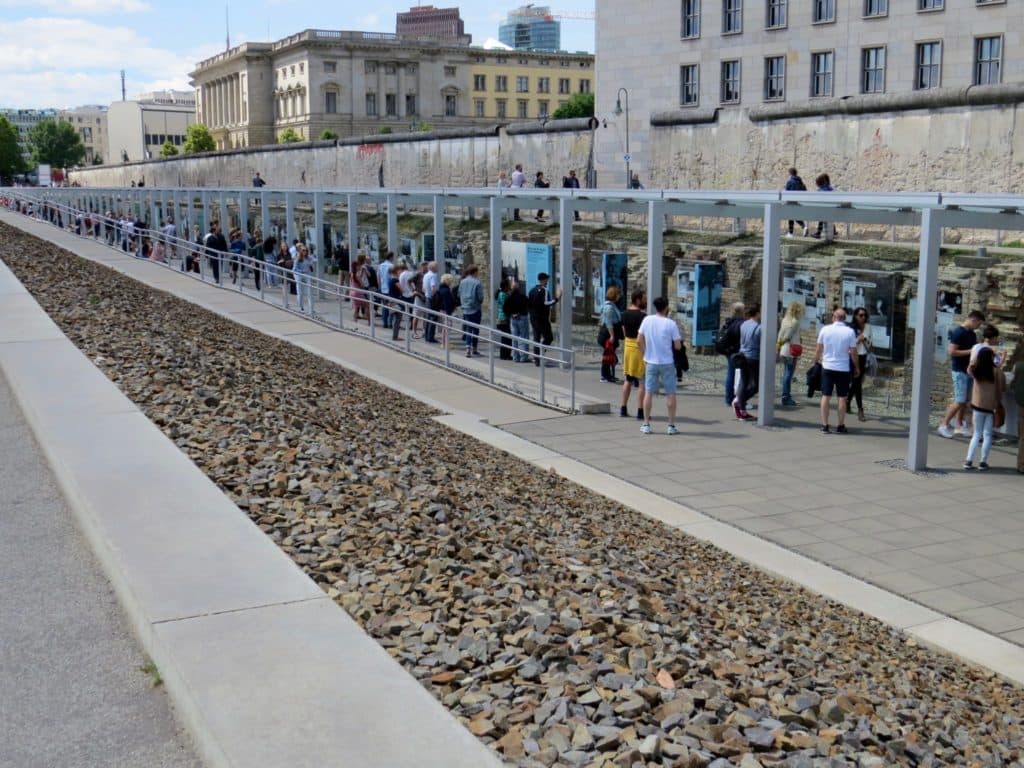
The Topography of Terror Museum
Topography of Terror Museum
This is an outdoor and indoor museum which hosts a very interesting exhibition about the dark past of Berlin. This museum recalls all the crimes committed by the Nazi regime. The outdoor exhibition is named “Berlin 1933-1945. Between Propaganda and Terror”. It retraces the story of the rise of the Nazi regime and the first crimes against humanity they initially carried to the killings and genocides against Jewish and other non-Aryan minorities.
Read more: The Perfect Day in Berlin
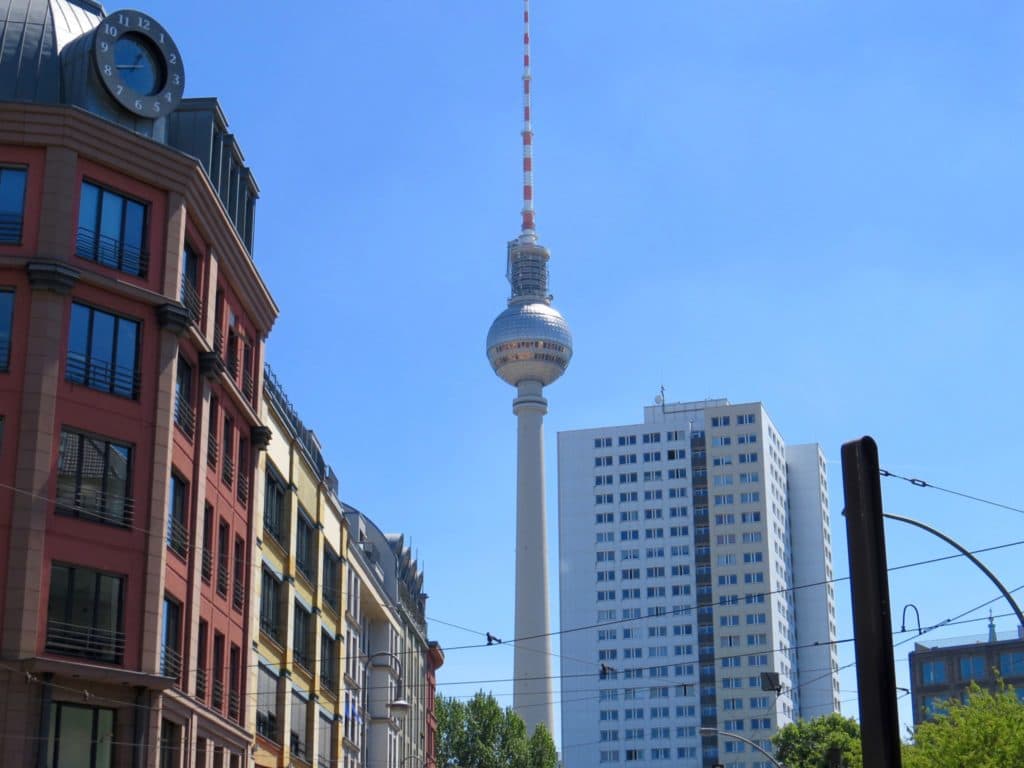
TV Tower, one of Berlin’s iconic landmarks
Future of the Judaism in Berlin
Since the fall of the Berlin Wall, relations between Germany and Jews were improving. Germany seems to be well involved to pay back in any way possible for the damages it has caused. Some Jews are even migrating back to Germany and enjoy their full human rights and freedom to practice their religion in dignity. The present state can only prove some optimism about the future of Judaism in Berlin. It’s clear that Jewish life in Berlin will always flourish!
Disclaimer: Thanks to visitBerlin for supporting my trip in Berlin. I appreciate their help but all views on this article are my own.
Do you know any other Jewish attractions in Berlin?







